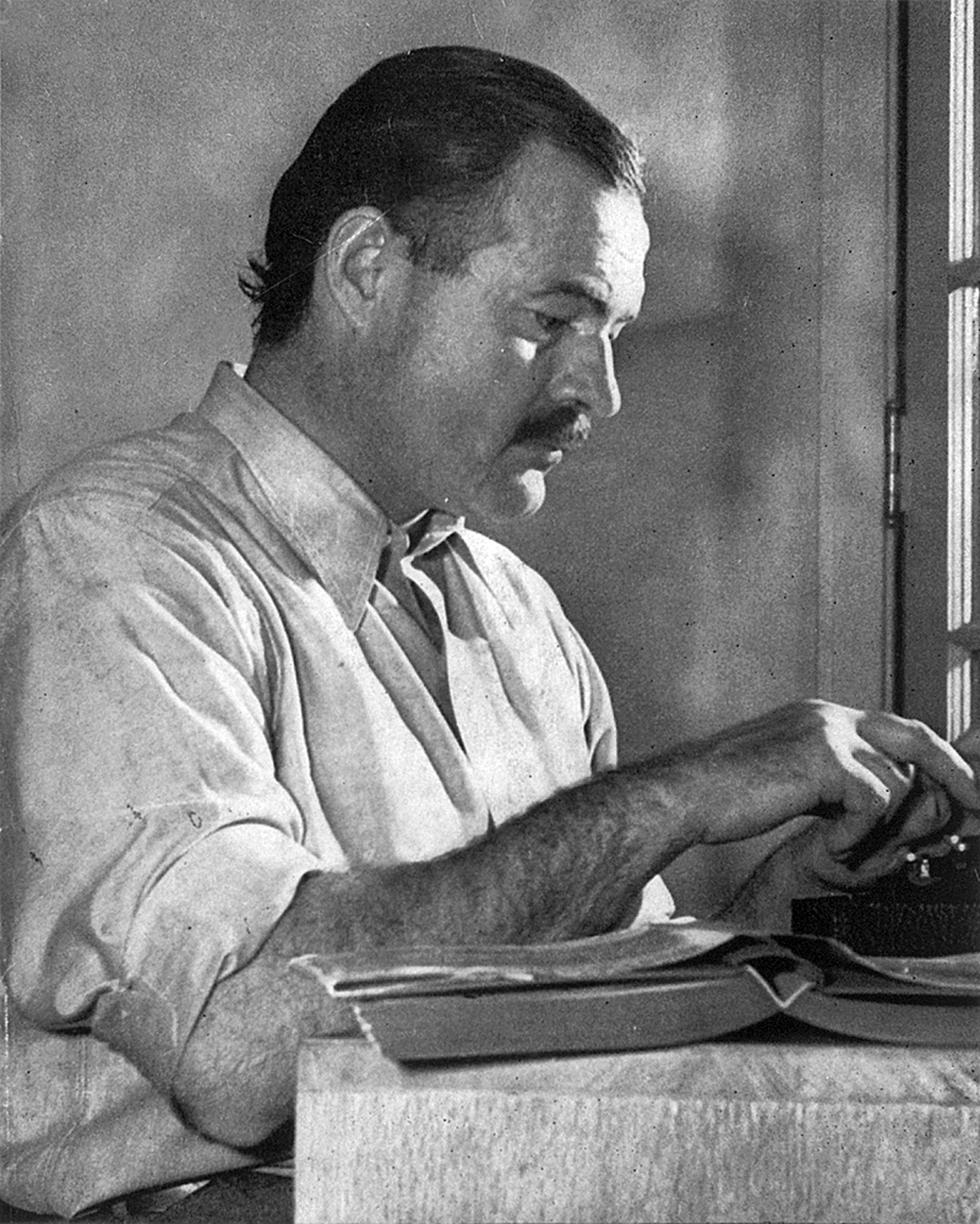.jpg)
As content creators on the internet, we spend a lot of time trying to figure out how to get our points across in a very small, specific amount of words. Most articles are around 500 words. Some may be shorter, some longer, but for the most part, we have a very limited space to spread our message. So how do we, as writers, draw inspiration from famous authors? The format may be different, but the medium is the same. Just as someone who is sketching portraits uses the same art theories and tools as a famous Renaissance painter, so does an internet content writer and a novelist.

There’s something special about seeing and even smelling the classics in a library.
Flowery Language and the Classics
Everyone remembers reading tons of books through middle school and high school. These books were usually considered the classics, like Jane Eyre or Great Expectations. The problem for most young readers is the difficult language that is used. The Victorian Era writers, such as the Bronte sisters or Charles Dickens, were notorious for their extremely grandiose language and long sentences. However, the 20th century brought about a great shift in writing when the American writers began to shape the fiction genre. Hemingway is one of the pioneers of short, direct writing that says a lot in a very small space. This is where we, as content creators, should draw our best inspiration.
Hemingway

He likely wouldn’t be a content writer, but we can still learn a lot from “Papa.”
The writing style of Hemingway and his contemporaries showed that words can have meaning even without the excessive use of adjectives and adverbs. The power of his writing comes from the directness that he uses to address a scene. In his famous novel, “A Farewell To Arms”, he wrote
The world breaks everyone and afterward many are strong in the broken places. But those that will not break it kills. It kills the very good and the very gentle and the very brave impartially. If you are none of these you can be sure it will kill you too but there will be no special hurry.
This is what we like to call the “economy of words”. There isn’t a single word in this passage that is hard to understand. Your content should be the same way.
The Economy of Words
Look at the passage above again, and imagine that Hemingway was given a blog post assignment with the keywords “world” and “kill”. Notice how he doesn’t use them more than once or twice, but still manages to make the entire passage about those two words. Every bit of that passage can be scanned and understood by the reader in a short amount of time. Every bit of the language is powerful and emotional, without being fluffy or sentimental. Each piece we write has a word budget, so we must say what we need to say things in an exact manner, but still be able to leave a lasting impression on the reader.
No matter what we are writing, we must strive every day to continuously improve the approach to our craft. Using Hemingway as an inspiration is a good place to start. To learn more about using writing as a gateway to content marketing, check out Content Marketing Academy.
Media Shower writer Michael Sherman is a former restaurant manager who specializes in hospitality related content. You can follow him on his blog The Better Manager.